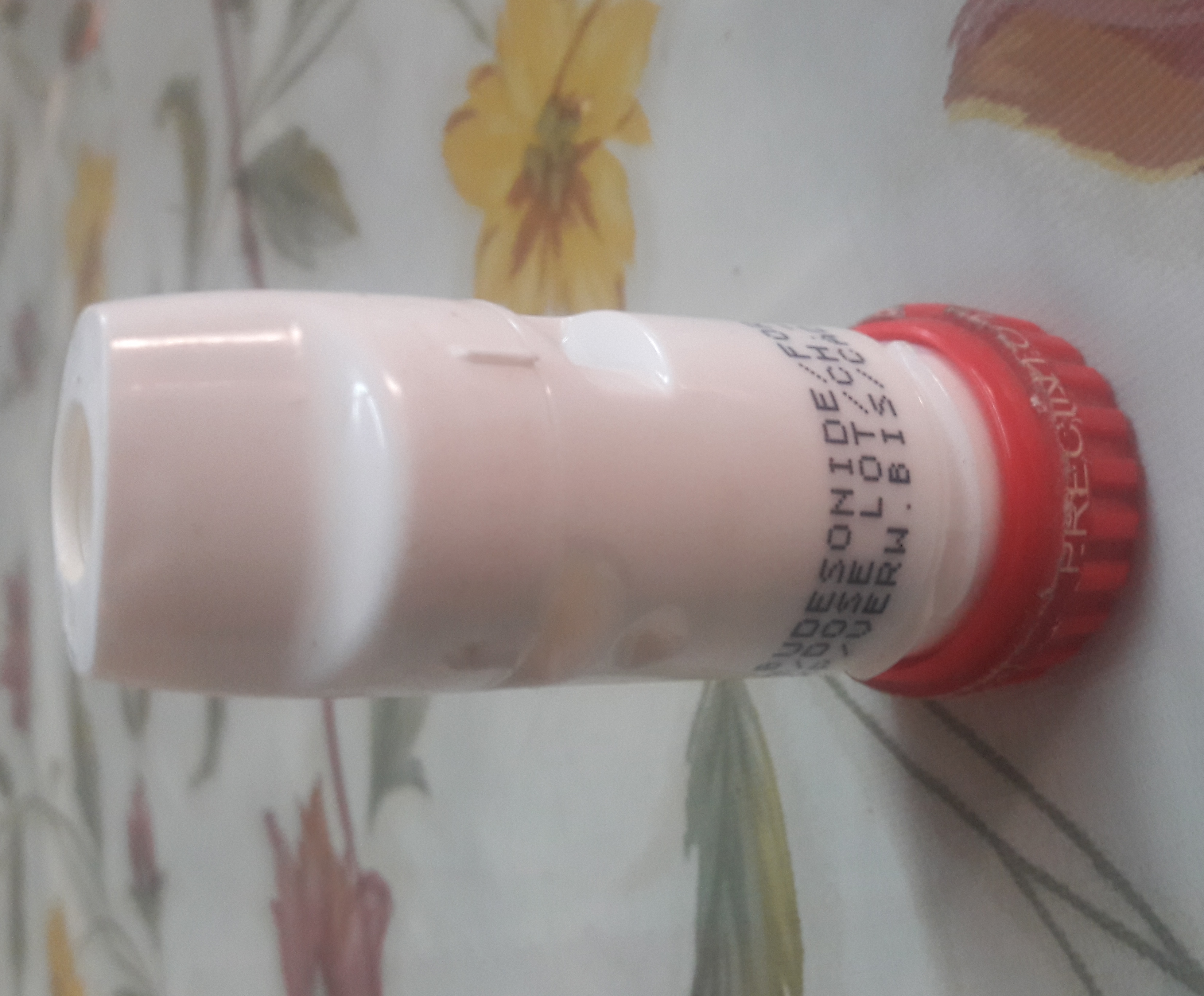| name | Formoterol |
| classification | Long-acting beta2-agonist (LABA) |
| pharmacokinetics | Formoterol is rapidly absorbed after inhalation. Its long duration of action is due to its high lipophilicity and slow dissociation from the beta2-adrenergic receptor. Metabolism is primarily hepatic, with the major metabolite being inactive. Excretion occurs primarily in the urine, with a small portion in the feces. The overall half-life of formoterol is several hours, with a longer duration of action after multiple inhalations. |
| suggested dosage | Dosage depends on formulation and indication. A typical maintenance dose for asthma or COPD is 12 mcg twice daily. Higher doses may be considered for acute exacerbations. Always follow prescribed instructions carefully and consult with your doctor about the most appropriate dosage. |
| indications | | 1 | Prevention and long-term control of bronchospasm in chronic obstructive pulmonary disease (COPD) | | 2 | Prevention and long-term control of asthma | | 3 | Treatment of reversible bronchospasm |
|
| safety in pregnancy | Limited data available. Use during pregnancy only if potential benefit outweighs potential risks. Consult with your doctor. |
| safety in breastfeeding | Limited data; small amounts may be present in breast milk. Use with caution and consult with your doctor if breastfeeding. |
| side effects | | 1 | Tremor (usually mild and dose-related) | | 2 | Headache | | 3 | Nervousness | | 4 | Palpitations | | 5 | Anxiety | | 6 | Increased heart rate | | 7 | Muscle cramps | | 8 | Cough | | 9 | Nasal congestion | | 10 | Dry mouth | | 11 | Gastrointestinal upset | | 12 | Sleep disturbance | | 13 | Hyperglycemia |
|
| alternatives | |
| contraindications | | 1 | Known hypersensitivity to formoterol or other beta-agonists | | 2 | Uncontrolled hypertension | | 3 | Severe cardiac arrhythmias | | 4 | Uncontrolled hyperthyroidism | | 5 | History of severe coronary artery disease (CAD) |
|
| interactions | | 1 | Caution when used with other beta-agonists, especially short-acting bronchodilators. | | 2 | Caution with MAO inhibitors. | | 3 | May increase risk of hypokalemia when used with thiazide diuretics. | | 4 | May decrease effectiveness of antidiabetic agents. |
|
| warnings and precautions | | 1 | Not for acute bronchospasm rescue; a short-acting bronchodilator should be available. | | 2 | Increased risk of adverse effects in patients with cardiovascular disease. | | 3 | Use with caution in patients with uncontrolled diabetes or a history of glaucoma. | | 4 | Monitor for tachycardia. | | 5 | Monitor blood pressure. | | 6 | Monitor blood glucose regularly. |
|
| additional information | | 1 | Administered via inhalation. | | 2 | Proper inhaler technique is crucial. | | 3 | Regular monitoring of lung function is recommended. | | 4 | Inform your physician of any changes in health. |
|
| patient profile | |
| disclaimer | This information is for educational purposes only and should not be construed as medical advice. Always consult with a qualified healthcare professional before starting or stopping any medication. |

